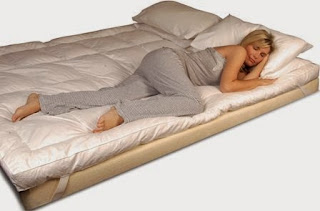To a large extent the development of the Mattress is very closely related to that of the bed. In several old cultures, the bed was considered one of the most crucial piece of furniture in the home; often, it offered a main meeting place for eating and also relaxing as well as sleeping. Over the centuries, bed frameworks became a lot more sophisticated for those which can manage deluxe; nonetheless, cushions themselves remained unsophisticated-- and uneasy. Till the twentieth century, they usually contained bumpy pads fulled of steed hair, cotton, or dustcloths. Poorer folks relied on ticks-- textile sacks packed with straw, corn cobs, or various other plant particles. In addition to providing an irregular appearance, such primitive cushions were hard to tidy-- and they normally began dirty, packed as they were with agricultural particles that commonly entered the pad or ticking with dirt and also insects. Nevertheless, they offered one concrete benefit: made at home from cast-off farm items, they were low-cost. Even late in the 19th century when little neighborhood producers began to create cushions commercially, the choices remained economical due to the fact that very early cushion makers remained to depend on exceptionally inexpensive padding (often, pointless textile residues discarded by second-hand dressmakers).
Bed mattress with supporting interior springs, probably the single most substantial development in mattress style, wased initially established throughout the mid-1800s. By putting a collection of uniform springs inside layers of furniture, mattress producers could possibly imbue their item with a firm, resistant, and uniform structure. Nevertheless, because so-called innerspring mattresses were pricey to produce, just deluxe ships and hotels that might pass the cost along to their upscale clients acquired them at first. It was not until after World War I that innerspring cushions were mass-produced by Zalmon Simmons, Jr., the president of a firm that had theretofore made bedsteads. Although that Simmons asked 40 dollars-- more than twice the cost of the finest equine hair mattress readily available at that time-- for his innerspring bed mattress in 1926, his products showed so comfortable that countless Americans bought them.







